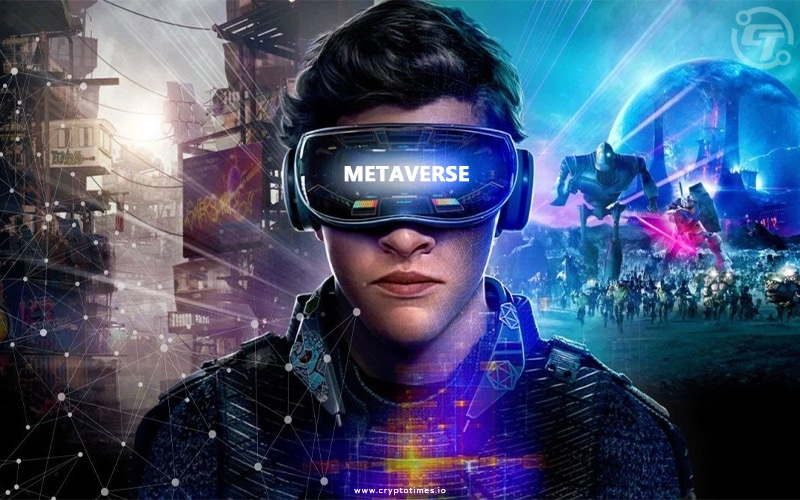Scientists at Nanyang Technological University (NTU) in Singapore have developed a method for tracking human movement and activity in metaverse environments using Wi-Fi signals.
The research promises to overcome limitations faced by current tracking modalities that rely on body-worn sensors or external cameras. These methods struggle with obstacles and poor lighting conditions and only provide data from specific points on the body.
The NTU team’s solution impacts the ability of Wi-Fi signals to penetrate walls and detect minute movements. The data is then fed into AI intelligence that interprets the signals to model full body motion and activities.
A key obstacle faced by prior efforts was the need for large labeled datasets to train the AI models. To resolve this, the researchers pioneered an unsupervised learning technique named “MaskFi.”
MaskFi allows models to be trained with less data and then iteratively refined until a very high level of accuracy is reached. In testing, the system achieved approximately 97% accuracy in relevant experiments.
The innovative technology developed by NTU researchers enhances metaverse experiences by enabling precise whole-body tracking and facilitating richer avatar control and environmental interactions.
Beyond gaming and social applications, this advancement has potential in health monitoring, elder care, and security surveillance while ensuring privacy. Leveraging Wi-Fi infrastructure and AI, their work pioneers effortless, interoperable tracking modalities, promising benefits across various industries from healthcare to entertainment.
Also read: GCC Aims for $15 Billion Metaverse Growth by 2030
This news is republished from another source. You can check the original article here

